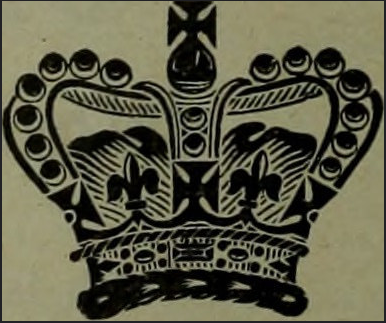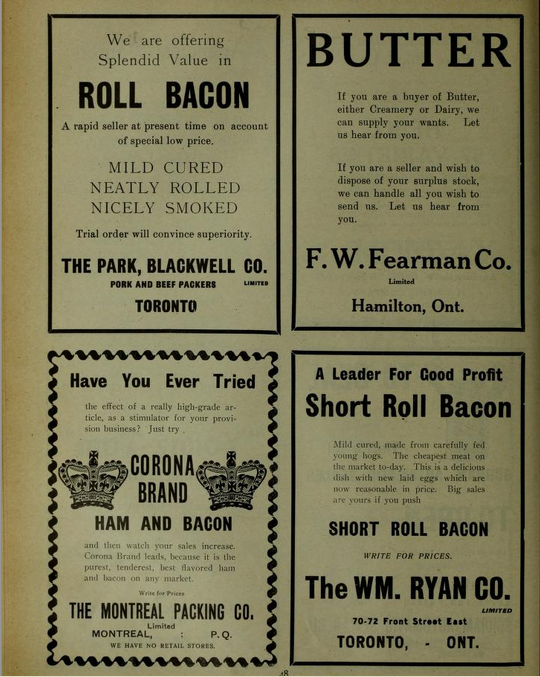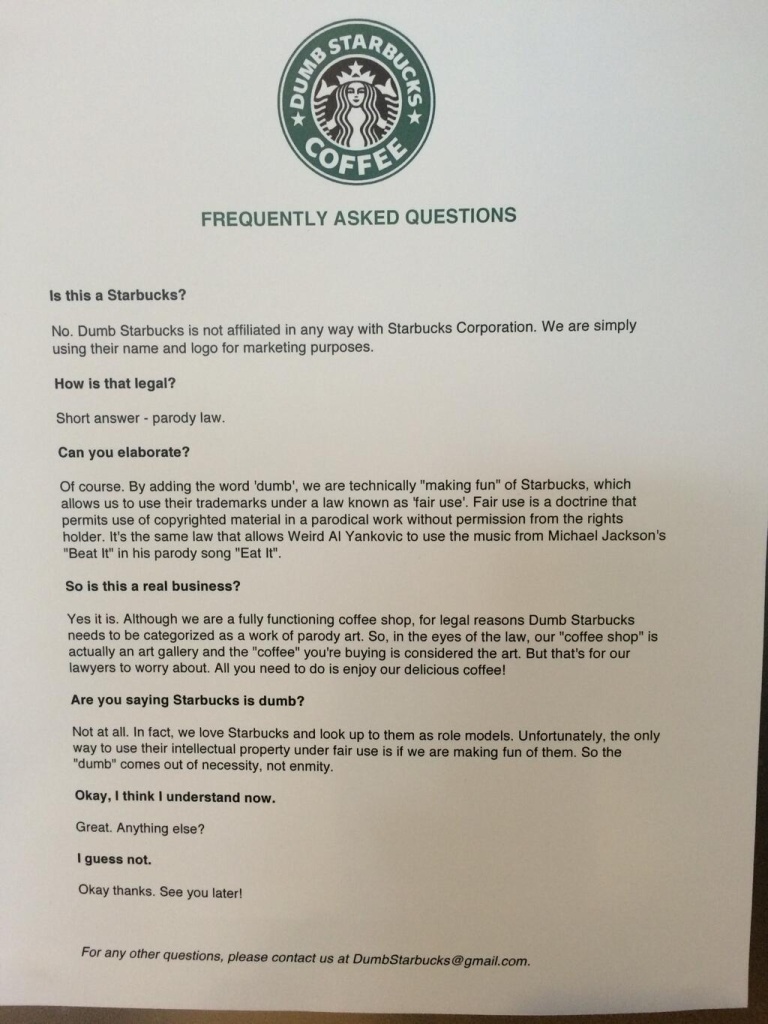Mike Masnick linked to an article in The New Yorker by Louis Menand which tries to explain the concept of copyrights, the problems of ever-extending copyright terms, and who stands on each side of the ongoing debate:
The point of Peter Baldwin’s fascinating and learned (and also repetitive and disorganized) The Copyright Wars (Princeton) is that the dispute between analog-era and digital-era notions of copyright is simply the latest installment of an argument that goes all the way back to the Statute of Anne. The argument is not really about technology, although major technological changes tend to bring it back to life. It’s about the reason for creating a right to make copies in the first place.
In the United States, the reason is stated in the Constitution. Article I gives Congress power “to promote the Progress of Science and useful Arts, by securing for limited Times to Authors and Inventors the exclusive Right to their respective Writings and Discoveries.” The Copyright Act of 1790 set the length of copyright at fourteen years, renewable for another fourteen, after which the work falls into the public domain.
A right is just the flip side of a prohibition. The thinking behind Article I is that prohibiting people from copying and selling someone else’s original work is a way of encouraging the writing of useful or entertaining books, just as awarding a patent is a way of encouraging the invention of useful or enjoyable things. The prohibition operates as an incentive for the protected party. For a limited period — fourteen or twenty-eight years — authors get to enjoy the profits from sales of their books, and this prospect of reward induces people to write.
But Article I makes it clear that the ultimate beneficiary of books and inventions is the public. Copyrights are granted and patents are issued in order “to promote the Progress of Science and useful Arts.” This is why the Constitution dictates a limit on the right to make copies. After the term of protection expires, a work cannot be copyrighted again. It becomes a public good. It is thrown into the open market, which allows it to be cheaply reproduced, and this speeds the distribution of knowledge. “Intellectual property is a frail gondola that ferries innovation from the private to the public sphere, from the genius to the commons,” as Paul K. Saint-Amour, one of the leading literary scholars of copyright, elegantly describes it.









